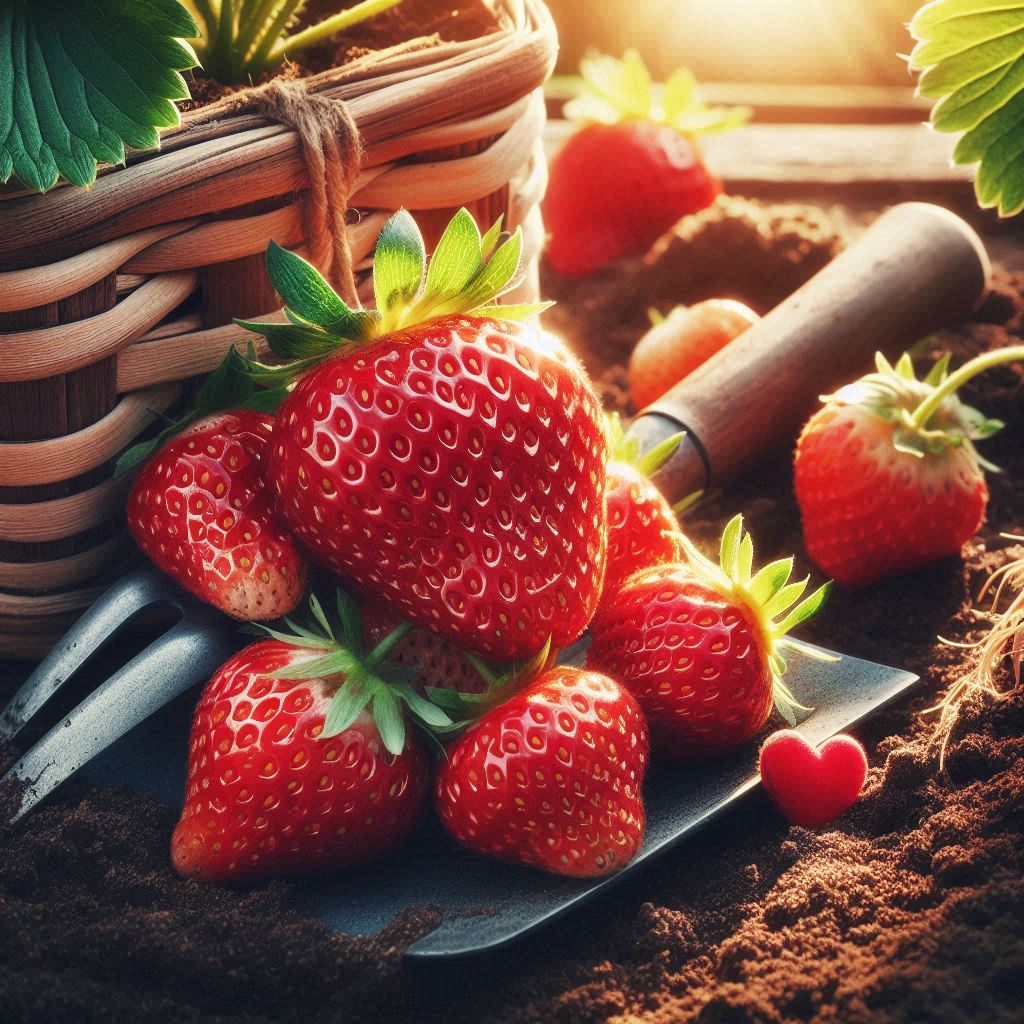Unveiling the Secrets of Successful Strawberry Cultivation
Unlock the secrets to successful strawberry cultivation! Learn essential tips for soil, sunlight, watering, and fertilization to grow juicy, delicious berries.
Strawberries, with their juicy sweetness and vibrant colors, are a delightful addition to any garden. But mastering the art of growing these luscious fruits requires a bit of know-how. Join us on a journey as we explore the essential tips and tricks for cultivating strawberries, from planting to harvest.

The Basics of Strawberry Care
Strawberries are moisture-loving plants that thrive in consistently moist soil. However, it's crucial to strike a balance and avoid water accumulation, which can lead to root rot. To keep your strawberry patch happy, regular watering is essential, especially during the growing season. Aim to fertilize your plants every 2-3 months to promote healthy growth and fruit development. Come winter, don't forget to trim away any dead or diseased branches to maintain plant health.
Choosing the Right Location
When it comes to sunlight, strawberries are sun worshippers. They crave at least 6-8 hours of sunlight daily to produce their best fruit. Whether you're planting them in your garden or in containers, ensure they receive ample sunshine throughout the day. If natural light is insufficient, don't hesitate to supplement with artificial lighting to keep your plants thriving.
Understanding Hardiness and Soil Needs
Strawberries are hardy plants, capable of enduring temperatures as low as -20°F. They're suitable for Hardiness Zones 5 and above, making them a versatile option for gardeners in various climates. As for soil preferences, strawberries prefer well-drained soil with a mixture of sand and loam. Aim for a neutral pH to create the ideal growing environment for your plants.
Delving into the Wild Side: Wild Strawberries
For those intrigued by the allure of wild strawberries, you're in for a treat. These adaptable plants thrive in Hardiness Zones 3 to 10, making them a viable option for gardeners across a wide range of climates. To ensure their success, provide a mild, moist environment with temperatures ranging from 59 to 77°F. However, beware of waterlogging, as wild strawberries have shallow roots and require ample moisture without drowning them.
Fertilizing for Success
Fertilizing strawberries requires a delicate balance. While they enjoy fertile soil, excessive fertilization can spell trouble, leading to issues like root rot and poor fruit development. During the summer months, opt for a balanced fertilizer containing nitrogen, phosphorus, and potassium in equal proportions. Every two weeks, provide your plants with this nutrient boost to fuel their growth and productivity. Don't forget to supplement with trace elements once fruiting begins and follow up with another round of fertilizer in the fall to replenish depleted nutrients.
Potted Strawberry Care
If you're growing strawberries in containers, special attention is needed to ensure their well-being. Container-grown strawberries are prone to soil drying out quickly, which can result in nutrient accumulation. To avoid this, use less fertilizer compared to plants in open fields and monitor soil moisture levels closely to prevent waterlogging.
Also Read: The Ultimate Guide to Growing Fruit Trees in Pots
Final Thoughts
With the right care and attention, growing strawberries can be a rewarding experience. Whether you're cultivating traditional garden varieties or exploring the wild side with wild strawberries, these tips will help you nurture healthy, productive plants. So roll up your sleeves, dig in the dirt, and get ready to enjoy the fruits of your labor!
